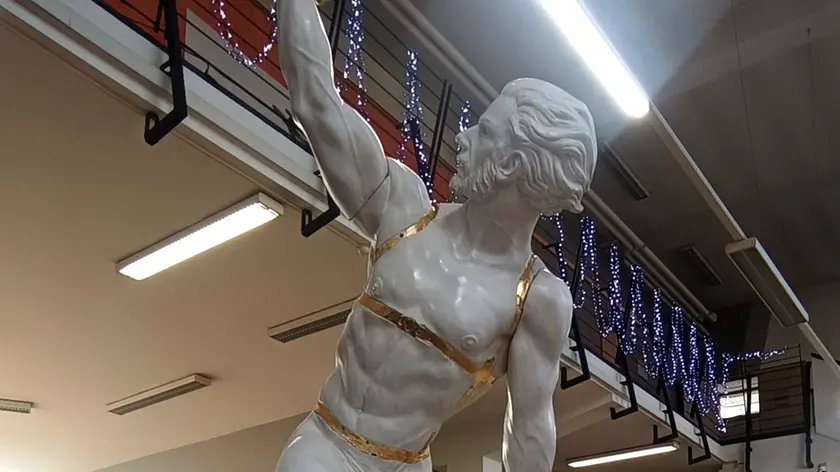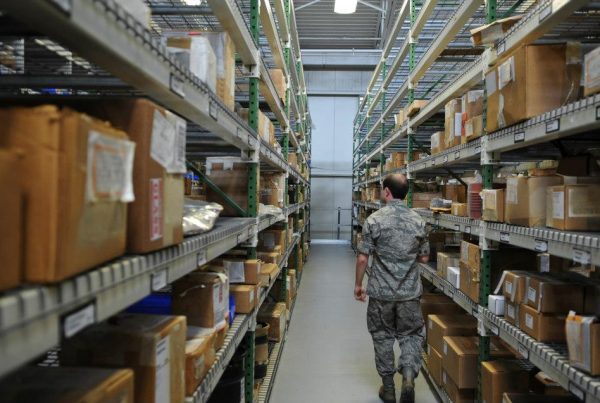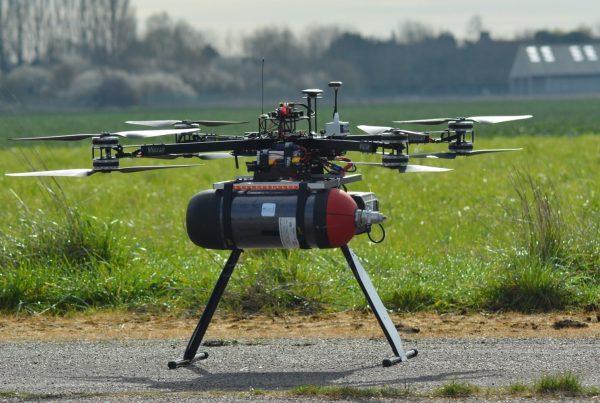Art in public spaces: dialoguing with travellers
Sculptures in the open air have the power to transform anonymous spaces into cultural landmarks. An airport is not only a transportation infrastructure but crossroad of experiences, a place for waiting, meeting and separation. With its presence, Icarus introduces an element of reflection, a moment of pause for those in transit.
In addition, artworks at airports reinforce local identity and offer visitors a first impression of the area. Icarus is not just a sculpture, but a cultural calling card for those who land in Padua, city with a long-established artistic and scientific tradition.
Sculptures at the airport: cultural values and identity
Placing artistic sculptures in airports is an increasingly practice around the world, aiming to make these places more welcoming and inspiring. In addition to Icarus at Padua's airport, other famous examples include Richard Wilson's The Great Wave at Heathrow, or Dennis Oppenheim's Encounters at San Francisco Airport. These works confirm that art engages in dialogue with its context and the people who walk through it.
Sculptures in public spaces are not just decorative elements, but tools that help build collective memory and enhance the urban landscape. With the language of art, such interventions offer new keys to the environments in which they are placed, transforming simple spaces of passage into cultural experiences.





